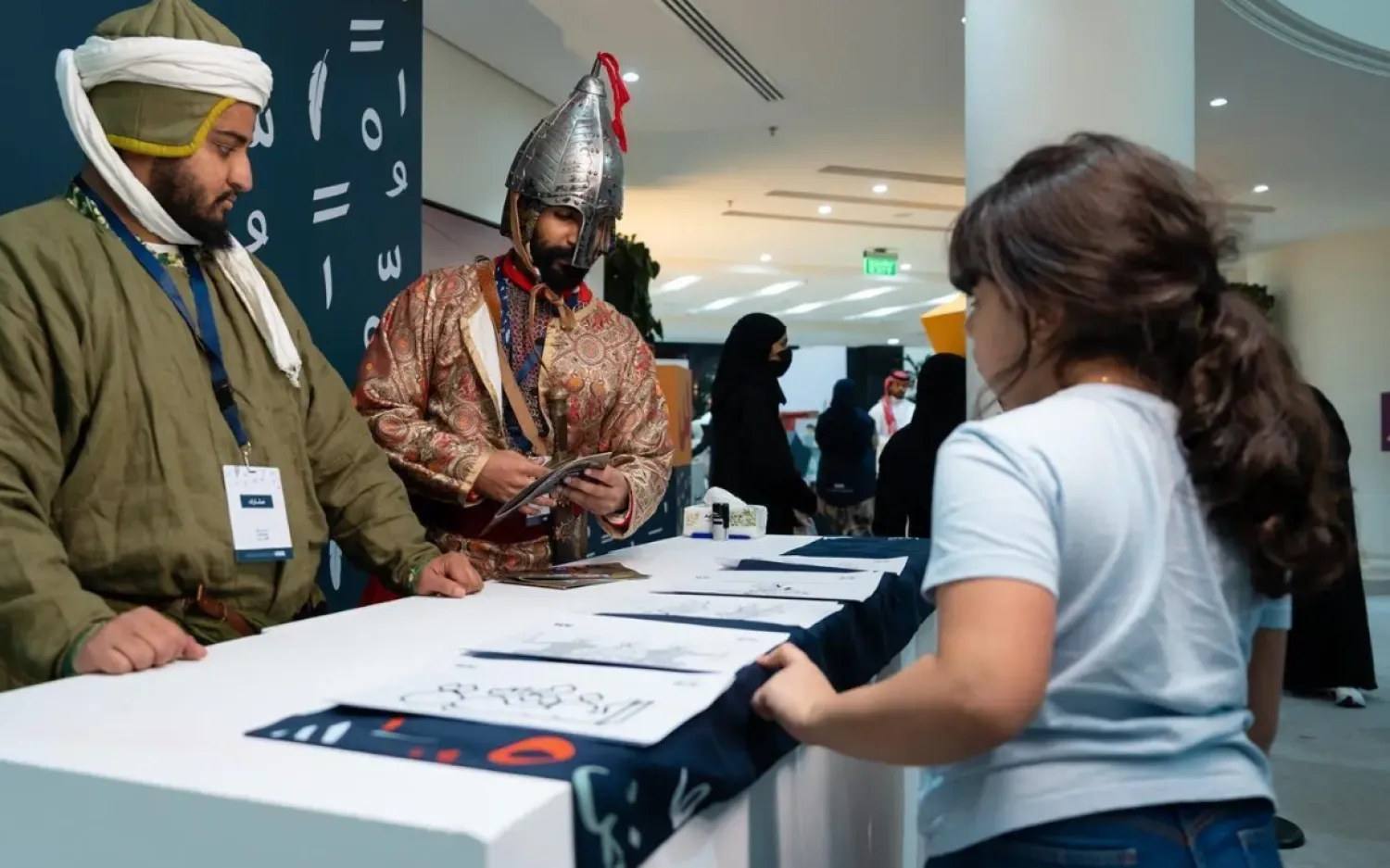In the novel "Statues of Genies" by Egyptian author Samar Nour, boundaries between reality and weirdness fade, and the world looks like if it’s gradually turning into a videogame, in which protagonists live their triumphs and defeats according to the rules of this game.
The absence of "Dunia" seems to be the biggest event that we hear about at the beginning of the story. The absence of this protagonist remains an enigma that keep the memory in an active mode, and searching her is almost the only justification to recover the lives of the novel’s other protagonists.
The technique used in this novel, released by Al Mahrousa Center for Publishing, is similar to puzzles, where the reader can build their own perceptions about Dunia based on the stories of her co-stars Omar and the genie. Narration of the stories are reciprocal, "what Omar says" and "what the genie says", and both stars use the pronoun "I" to speak about the impact of Dunia’s absence, and her influence even when she’s gone.
The story
Distraction dominates the personality of Omar from the beginning; he walks streets just because he imagines the face of Dunia, who disappeared with her dreams, which influence her view of the world and reality. He contemplates the faces of people walking in the Sayeda Zeinab area, recalling the paintings of artist Abdel Hadi al-Gazzar and his magical faces, folklore, and fantasies, which Dunia liked. Omar walks in the streets, checking people’s faces like if he’s looking for her face. "I was looking for humans who come out from the paintings of al-Gazzar’s magical phase, filled with folkloric symbols and dominated by superstition that give you an inner frightening feeling."
While searching for Dunia, questions about his fragile life roam in his head. Since she disappeared, he has suffered from an unknown disease that surrounds him and increases his fragility, which pushed him towards his family again, seeking healing. While with his family, Omar observes their social complexities, unable to take a stance from their weirdness; he approaches his family members, mostly his father, an Alzheimer’s patient who still watches old classic movies and laugh deeply. Although he’s surrounded by his family, he still looks for Dunia, whose cotton candy-like scent still accompany him despite her disappearance, triggering questions about the fate of love, and the craze of loss.
The philosophy of games
Videogames are a key element in Dunia’s world. According to Omar’s story, Dunia is a game developer who dreams of designing a videogame and selling it. The missing girl practiced her passion in this field on her page on YouTube, where she put her voice in games. These games are symbols that bring us closer to the drama of life, which repelled Dunia and pushed her to the world videogames, where she found fantasy and utopian justice.
The other main character in this novel is the genie. But in this novel, he doesn’t have the super, scary powers we read about in the "One Thousand and One Nights". In contrast, he weakly recalls the story of Dunia since she was a child, and tells his story, describing himself as the only fugitive from his species. "I lived alone on Earth. I didn’t know what happened to my parents until Dunia told me."
He also narrates the stories Dunia used to tell him since she was a child. "Stories, stories. All I know is just stories around which a whole world can be built, and I don’t know from where to start. Probably, I am just an idea created by a miserable girl in a night of fear, a girl that lives in me and in Omar," the genie says.
Virtual fate
The submission of Omar and the genie to the existence of Dunia opens the novel on bigger interpretations of the idea of the girl controlling the lives of other protagonists as a game maker and a character creator, and not as a lost girlfriend. Even in her absence, she seems more dominating in the narrative than Omar and the genie, whose roles shrink from protagonists to narrators who move in Dunia’s mazes. This takes us from the enigma of Dunia’s disappearance to assuming that we are watching a world that Dunia controls through her game, "The Statuses of Genies", waiting to be bought and produced by a company.
In the 194-page novel, we can’t confirm whether the life of those three protagonists is real. Their strange world suggests they are stuck in a videogame, or that they are virtual characters used by Dunia in her own game. But in the end, the reader discovers that the story was all about a videogame Dunia developed and sold to a company.









